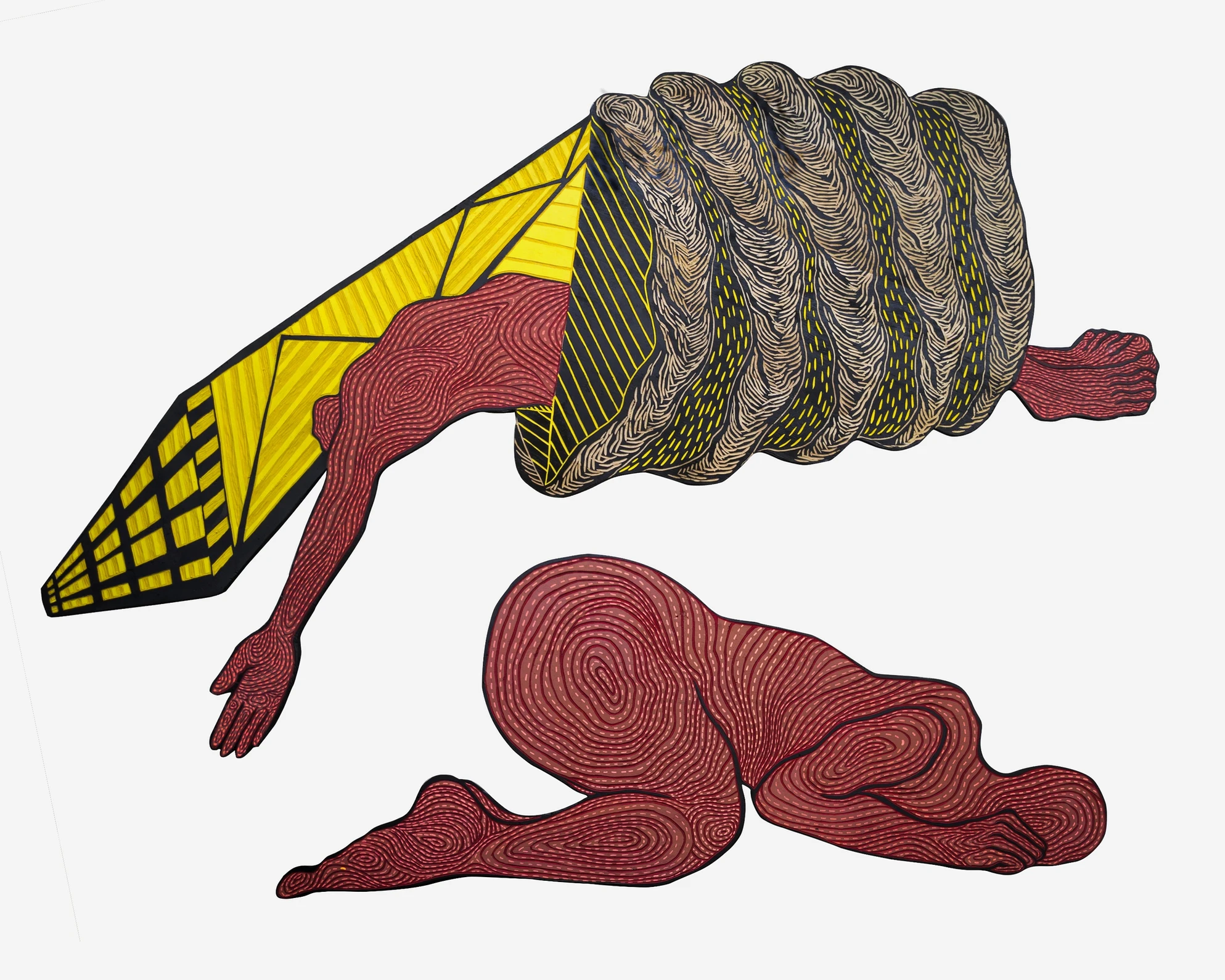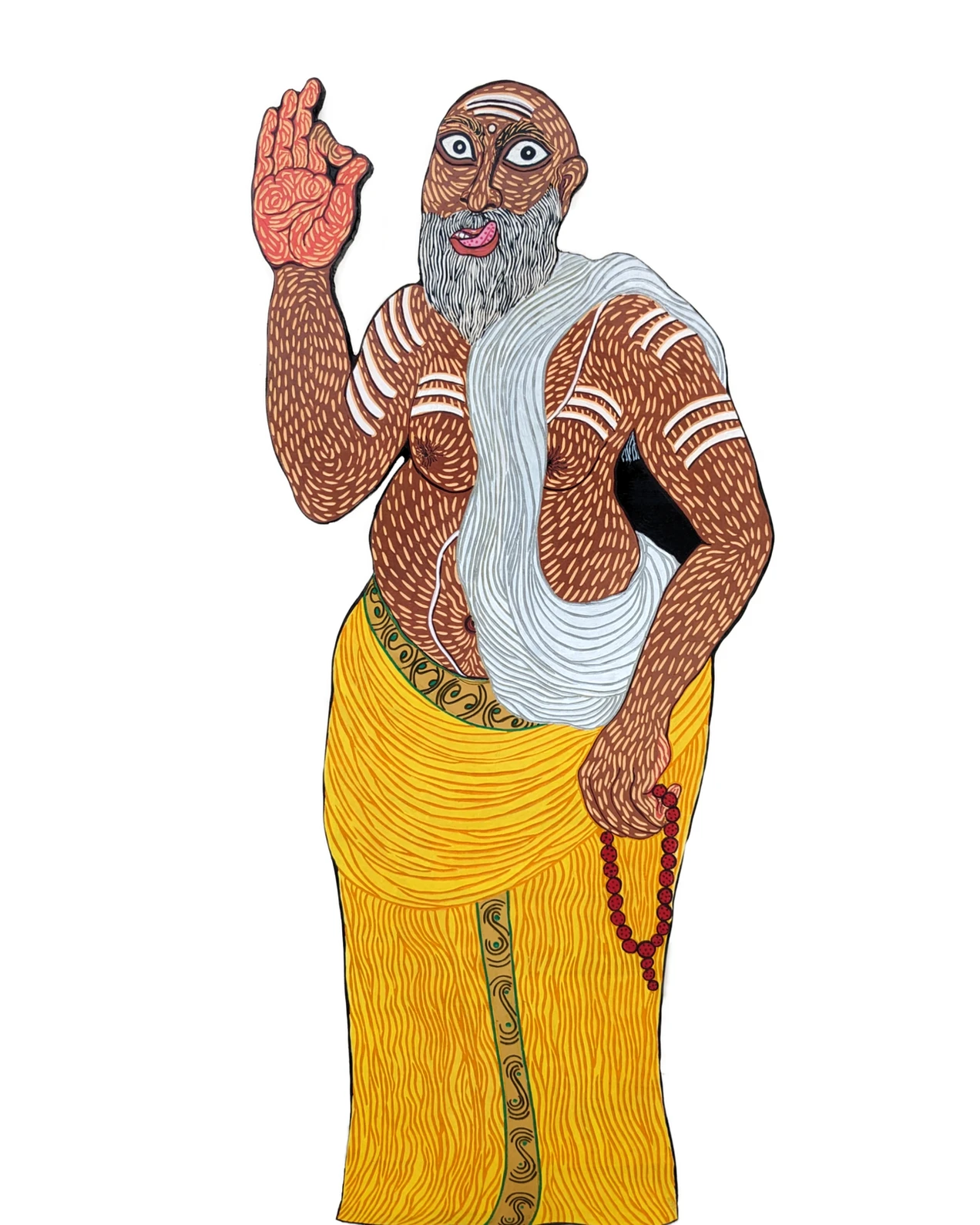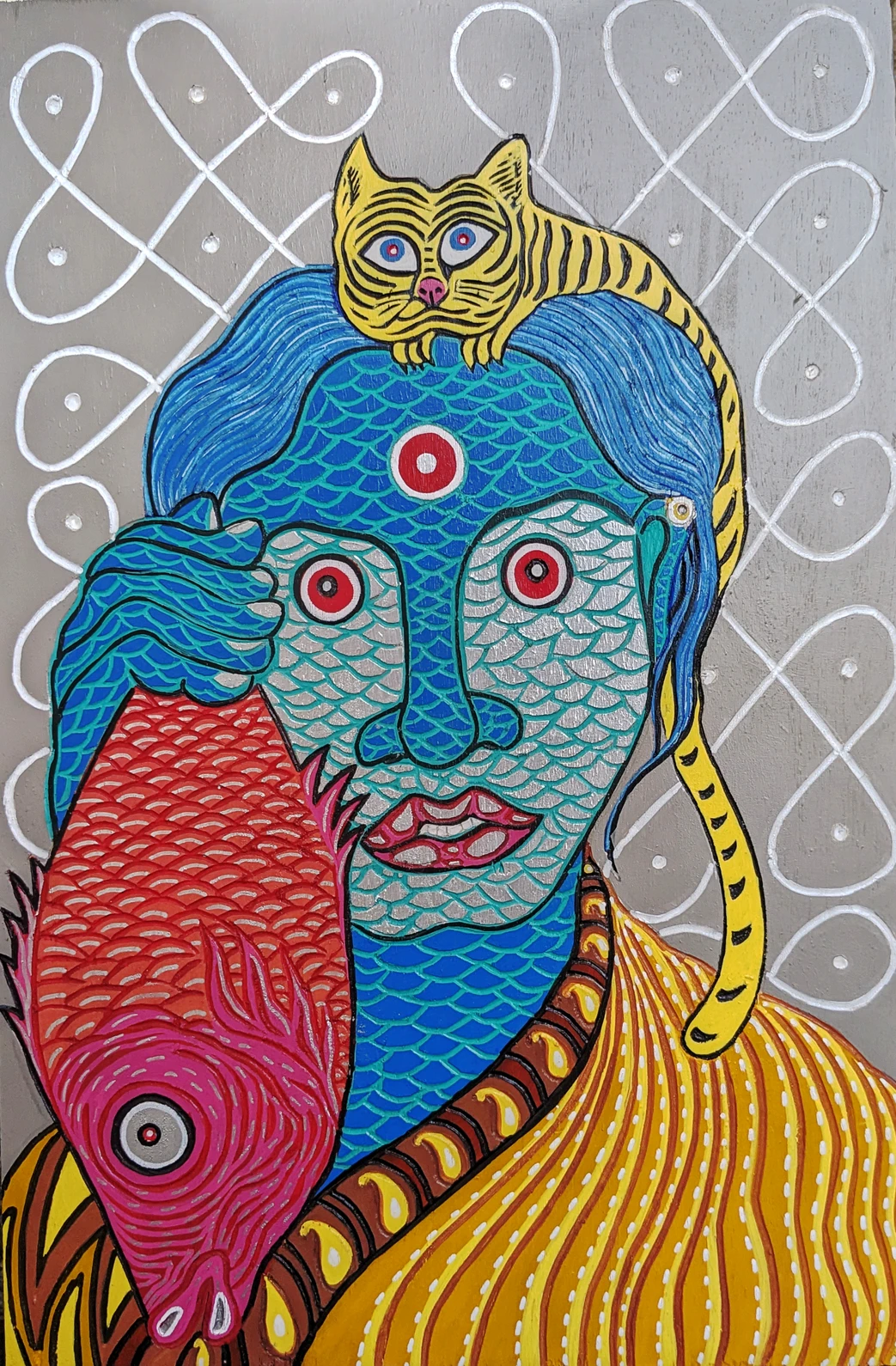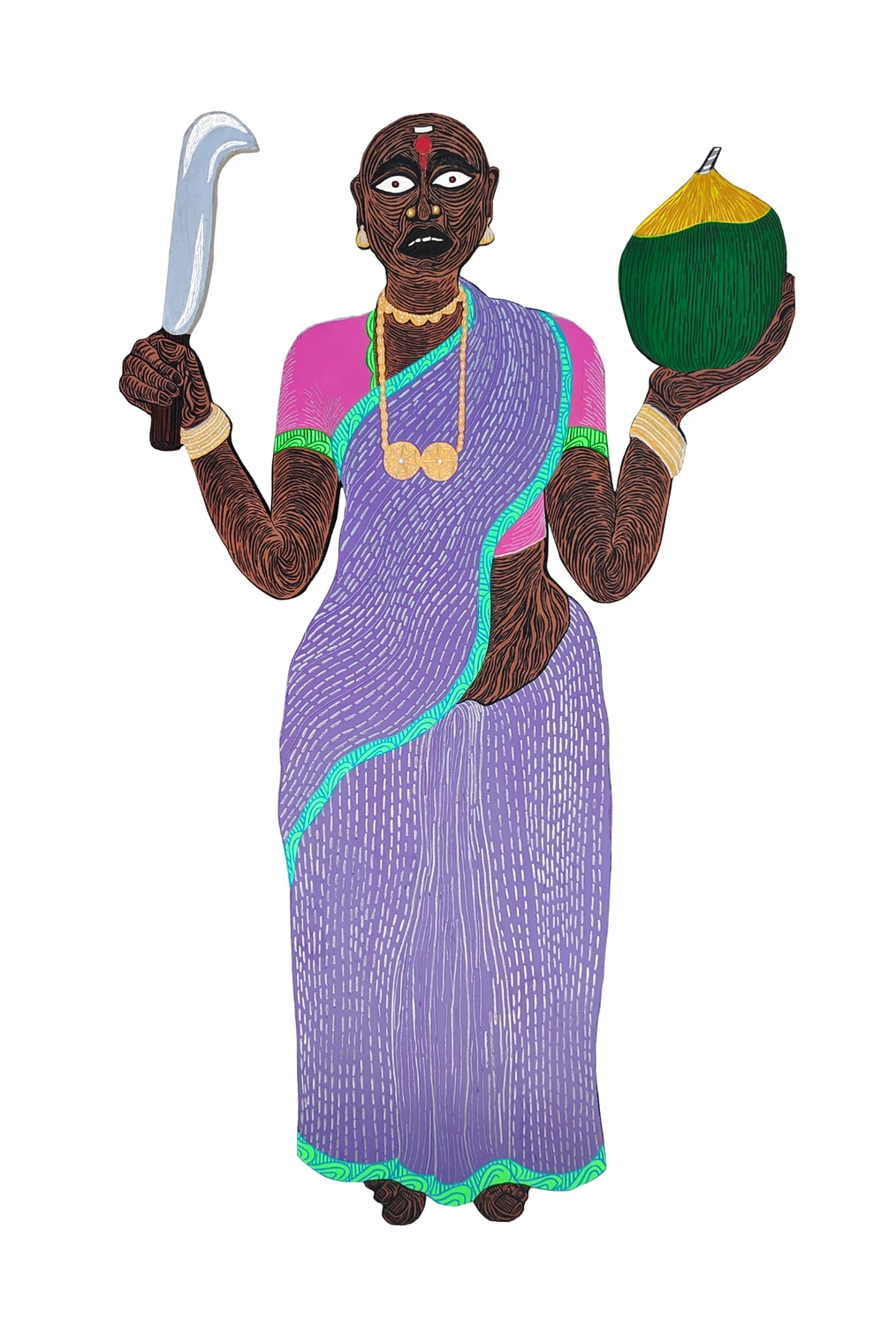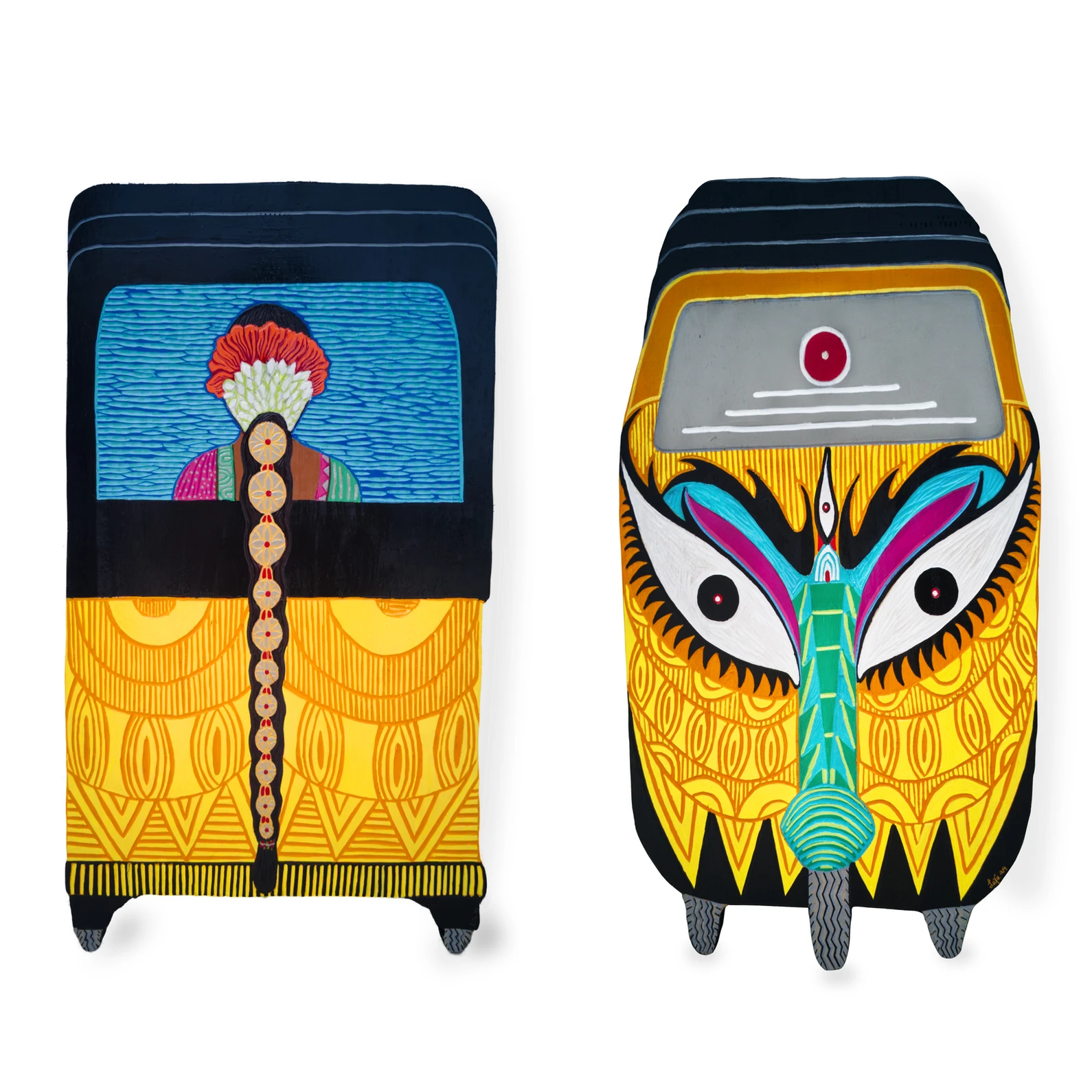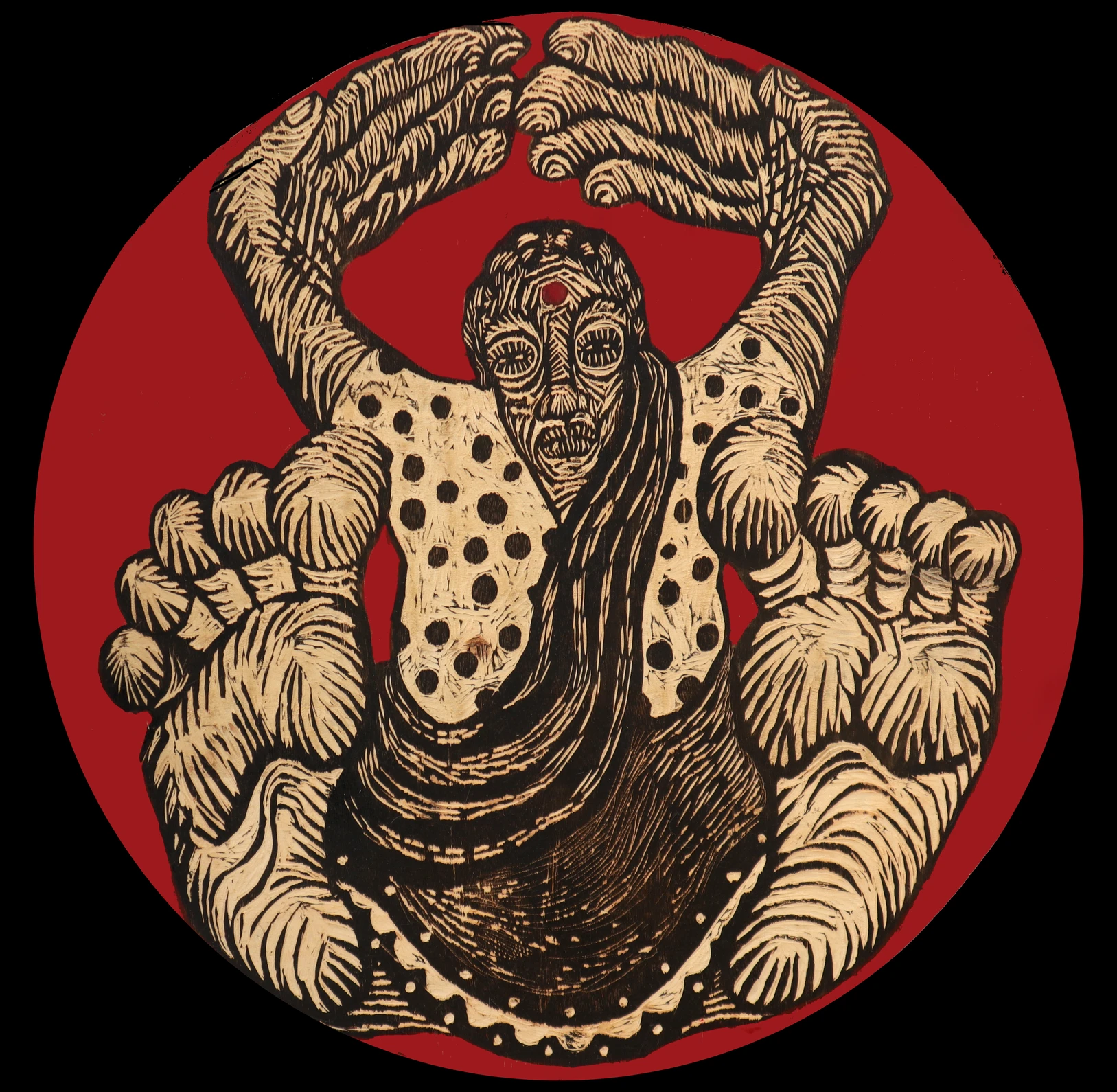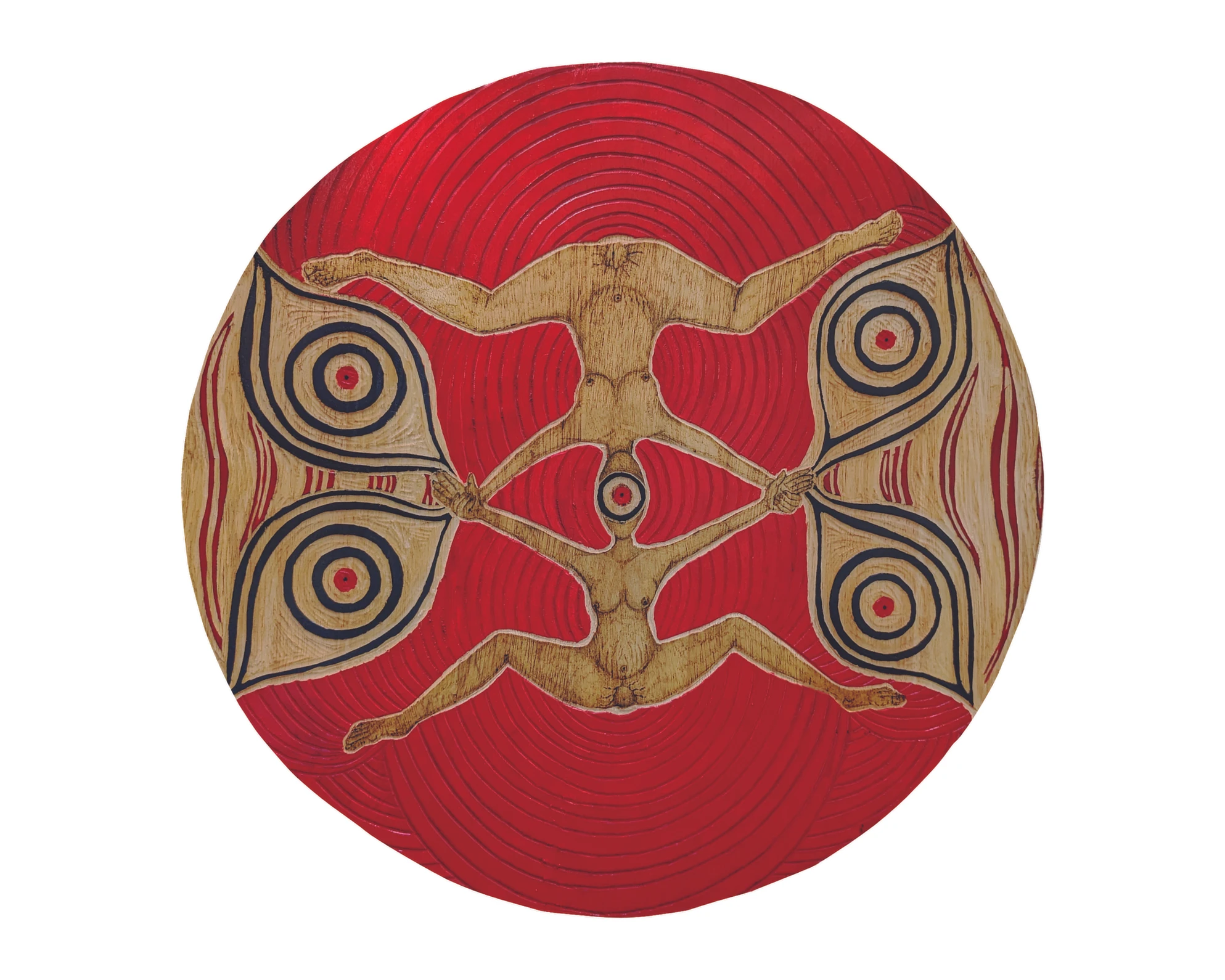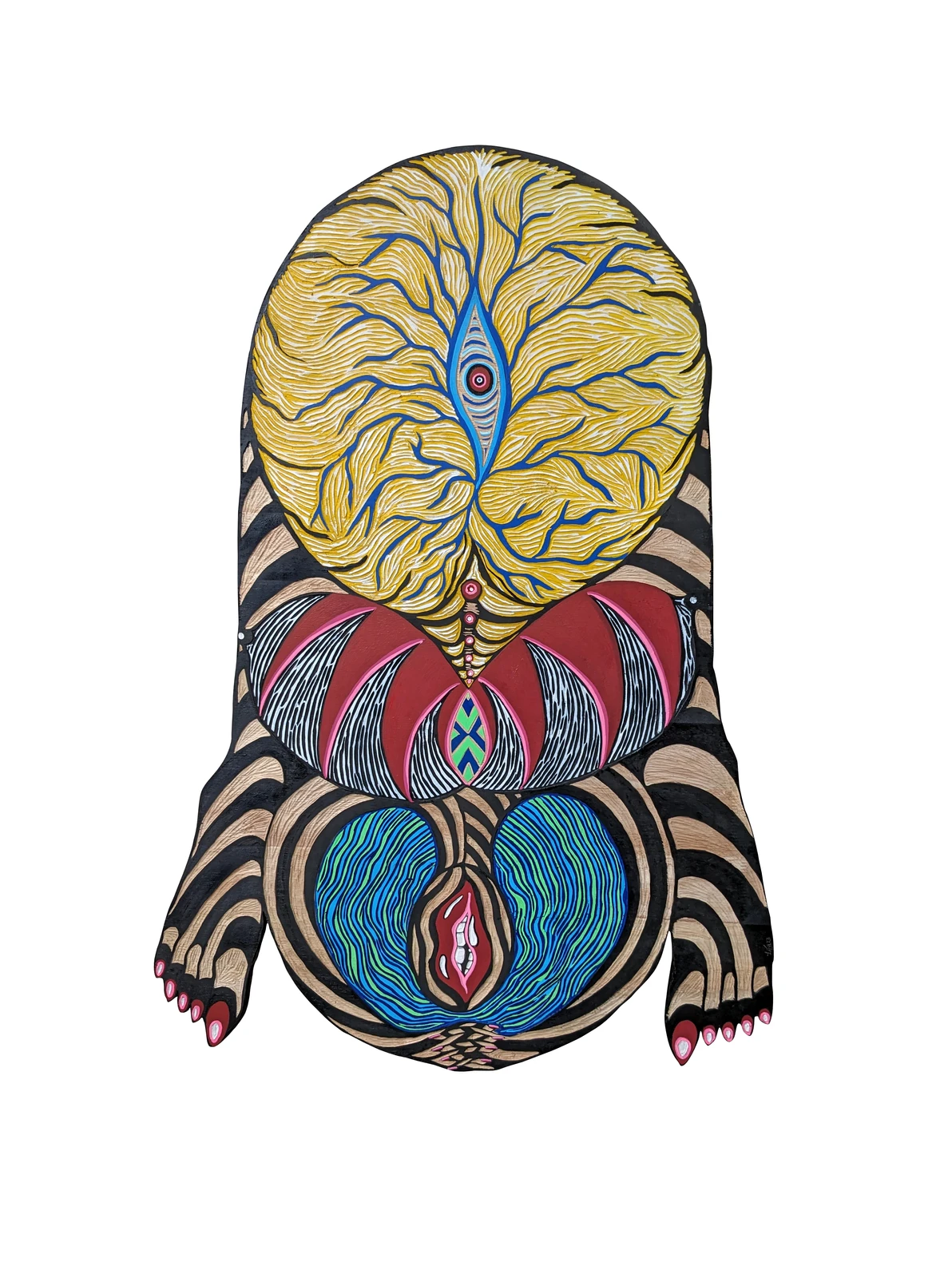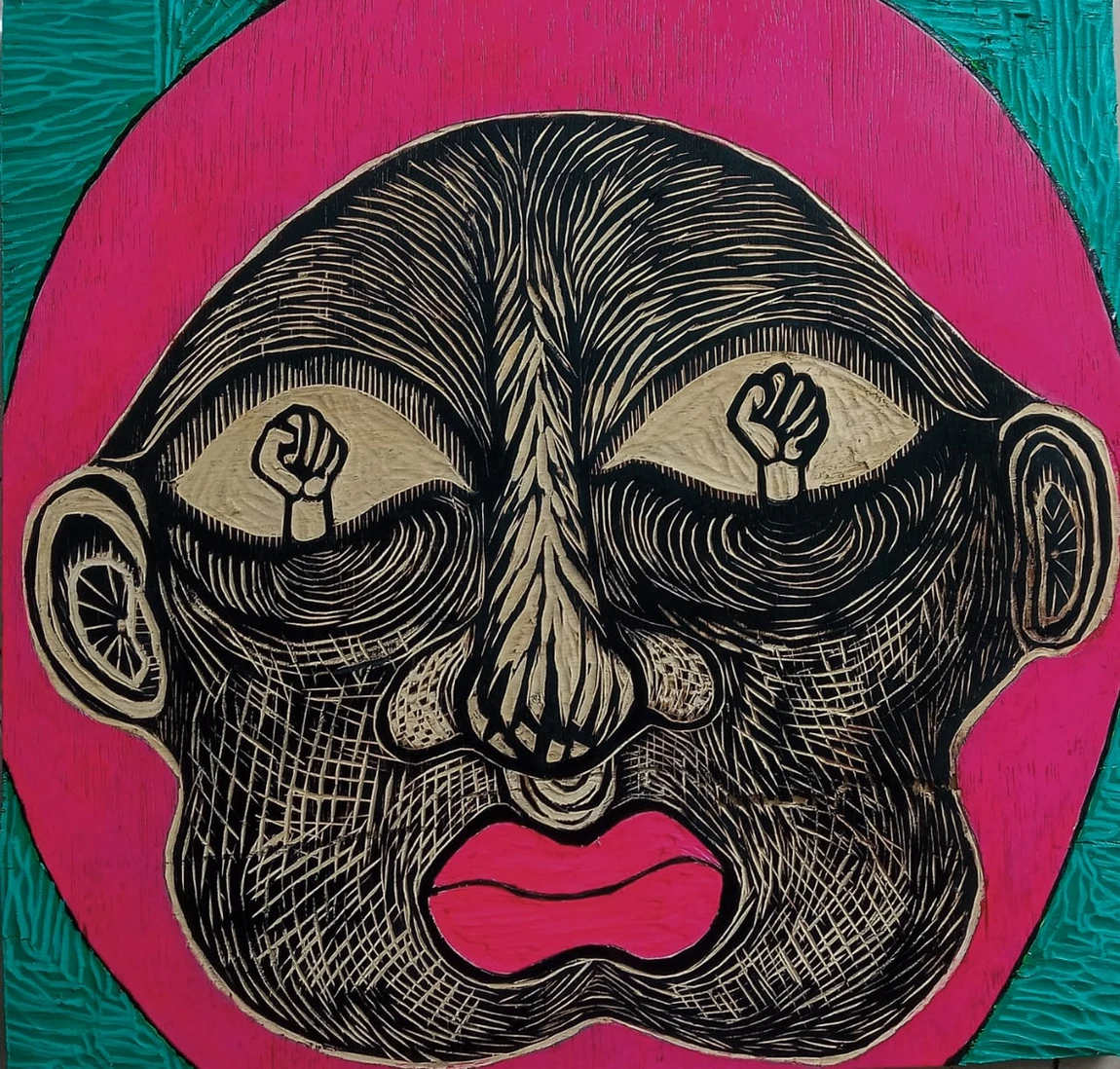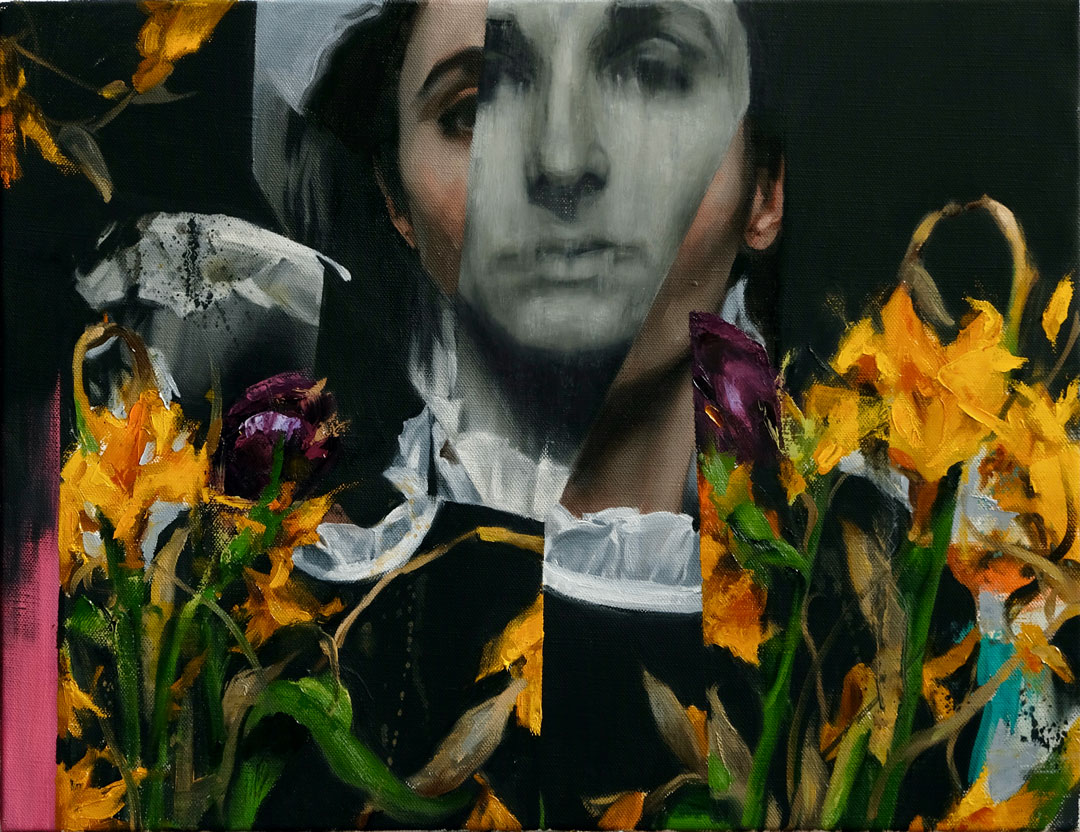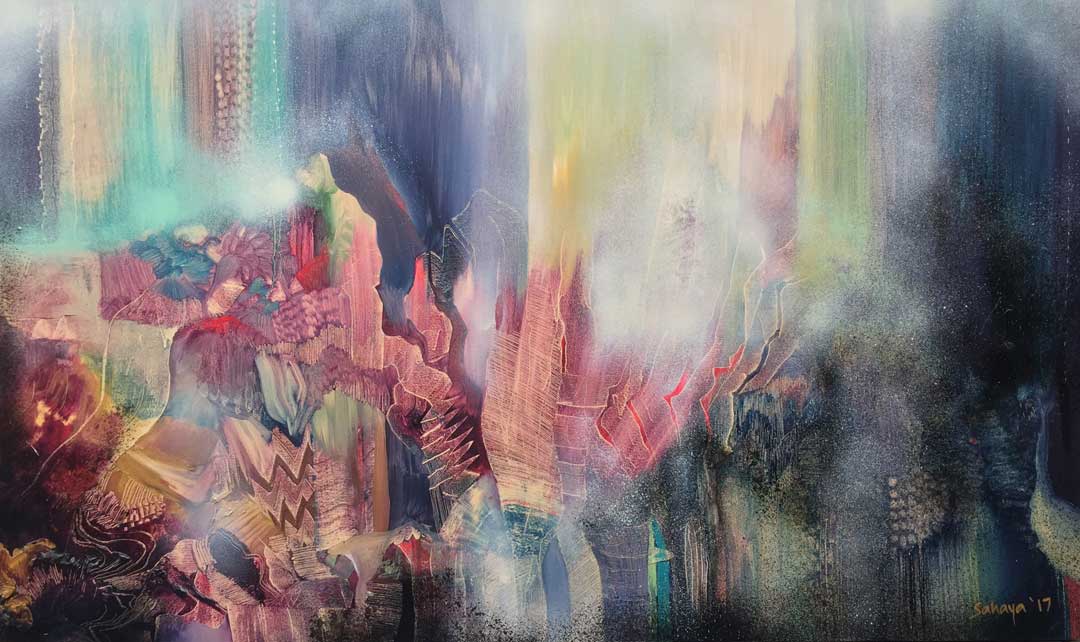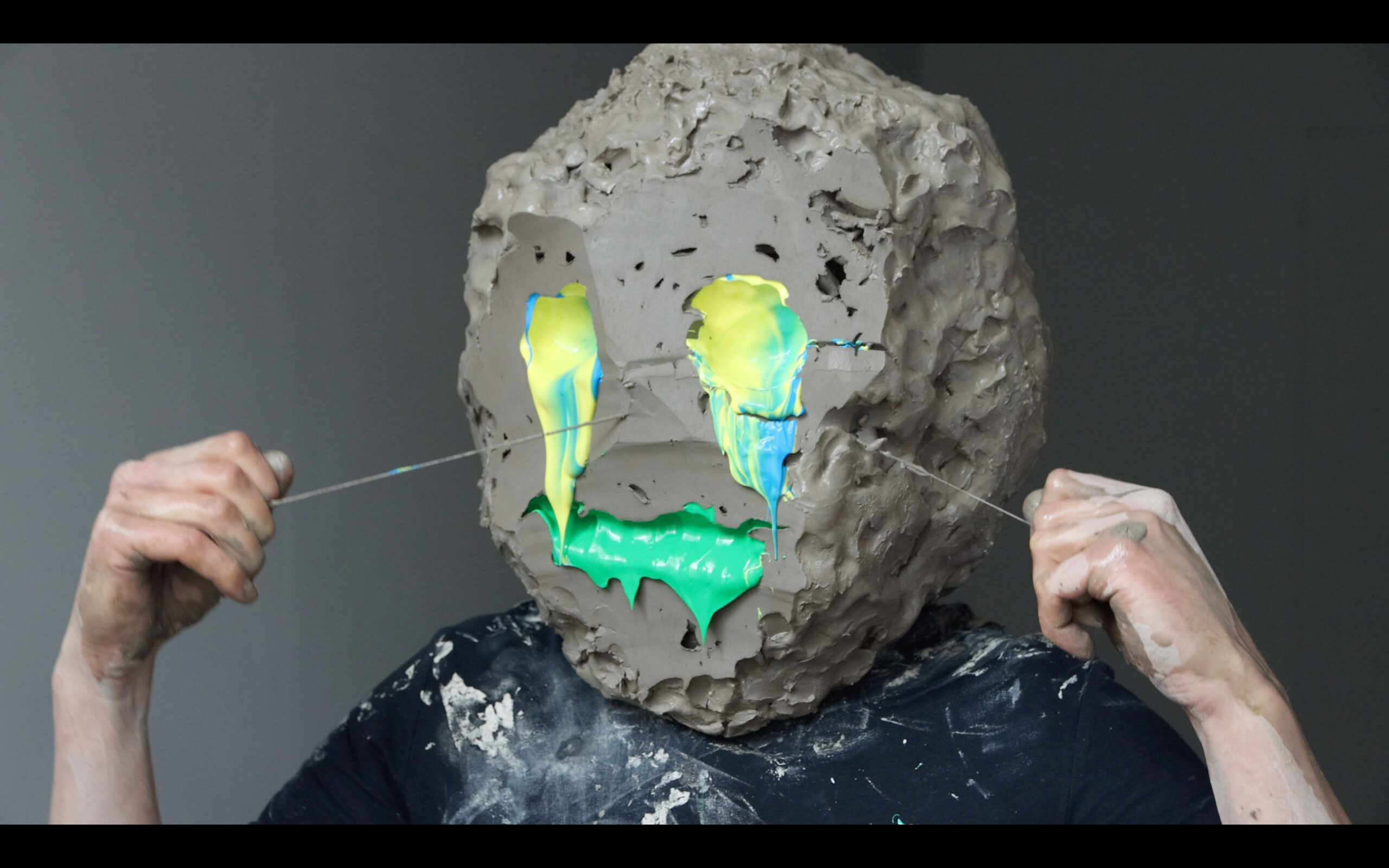Portia Roy, is a visual artist currently based in New Delhi, India, whose work goes beyond the canvas, serving as both a mirror and a critique of society. With a foundation deeply rooted in her upbringing within a politically conscious household, Portia channels her early exposure to conversations about equality and justice into a compelling, and fresh body of art. Her journey, from the rigorous training at Kala Bhavana Santiniketan to becoming a feminist art activist, exemplifies a seamless integration of personal history, socio-political commentary, and visual storytelling.
A Bold, Honest Medium
Portia’s mastery of woodcut engraving is central to her artistic language. This choice of medium—bold, tactile, and historically associated with social critique—mirrors her artistic ethos. Her works often combine vivid Indian motifs with raw narratives of despair, resilience, and resistance. The intricate yet powerful lines of her engravings speak volumes, as if each stroke carries the weight of a story untold.
Her series “To Chennai With Love” is emblematic of her ability to bring together cultural specificity with universal themes. The vibrant portrayals of women in traditional Chennai attire challenge pervasive colourism while celebrating the fierce dignity of her subjects. Through striking imagery such as fish scales and sickles, Portia bridges human narratives with ecological and feminist concerns, revealing the interconnectedness of identity, environment, and tradition.
The Personal as Political
Portia’s works are unapologetically reactionary, born from a deep sense of disturbance at injustices and systemic oppression. Her piece titled “She Resists” (above) confronts the brutalities faced by women in India, blending stark realism with symbolic motifs to provoke discomfort and reflection. Her art does not merely document; it demands. It demands empathy, dialogue, and, most importantly, action.
Even in pieces with softer tones, such as “Aphrodite” or “Comrades in Arms,” (below 1) her message remains clear: beauty, resilience, and strength are neither confined to societal standards nor gender norms. By deconstructing traditional forms of representation, Portia allows viewers to reimagine these constructs on their own terms.
Portia’s inspirations—spanning from Kathe Kollwitz’s empathetic realism to Banksy’s incisive street art—reveal her commitment to art that is both local and global in its resonance. Her depiction of women, whether in the bustling streets of Chennai or the turbulent regions of Palestine, centers on the universality of resistance and the human condition. Works like “Hope in the Eyes of Storm” remind us that women’s defiance, from Kashmir to the Amazon, is a shared narrative of courage.
Through her initiative, Voice in Visuals, Roy expands her impact beyond the gallery space, creating workshops that make art accessible to diverse communities. Her belief in art as a tool for connection and consciousness is evident not only in her practice but in her vision for a more inclusive art world. By engaging directly with people, she reaffirms her belief in the transformative power of art.
Portia resonates deeply with Banksy’s sentiment: “Art should comfort the disturbed and disturb the comfortable.” Her art doesn’t seek to appease; it seeks to awaken.


